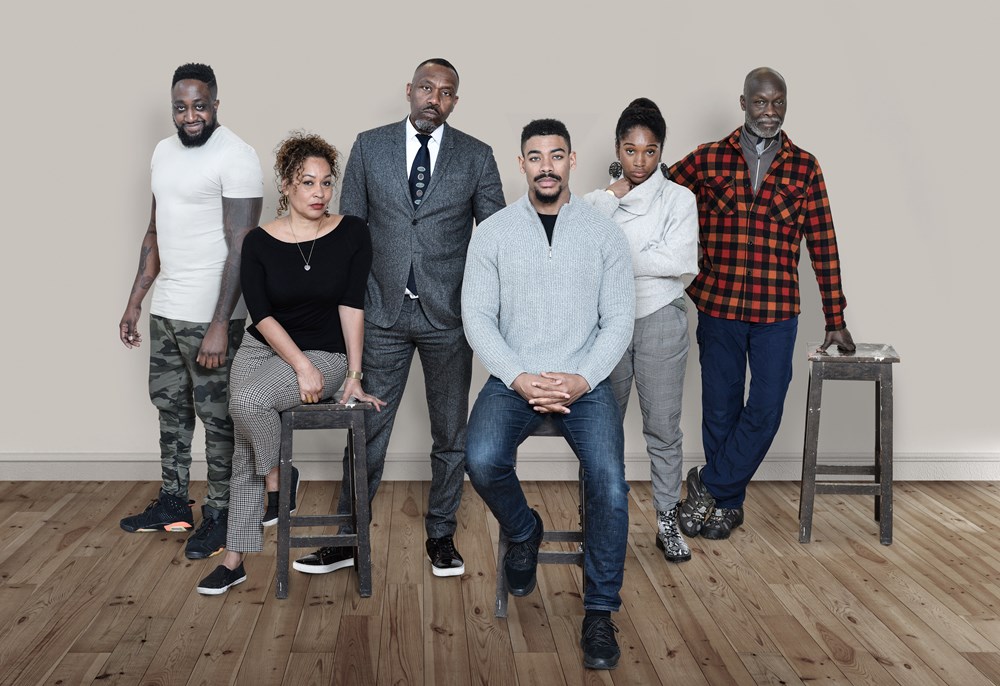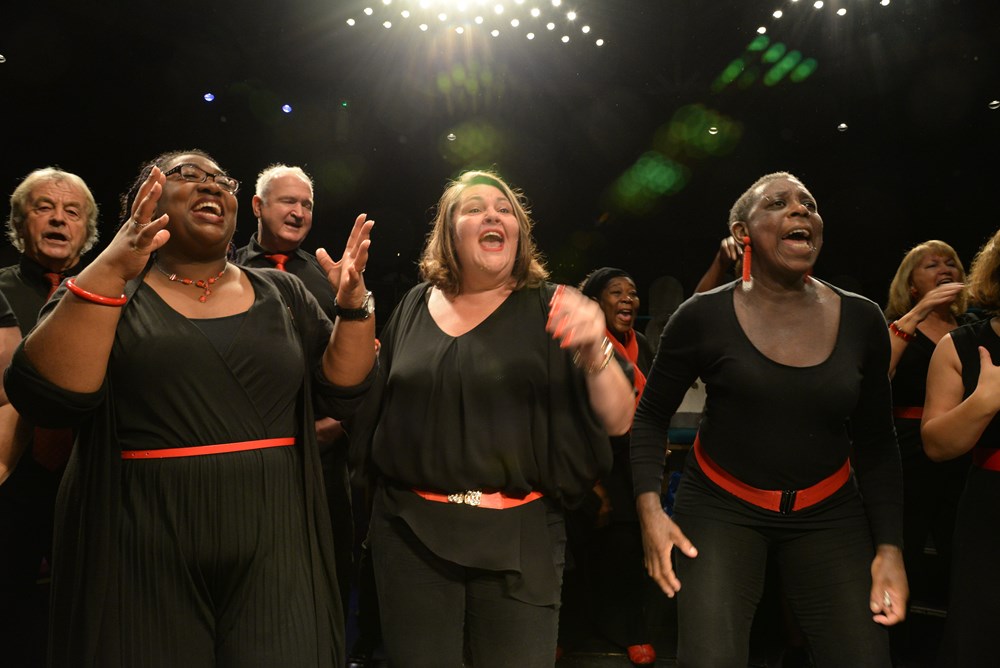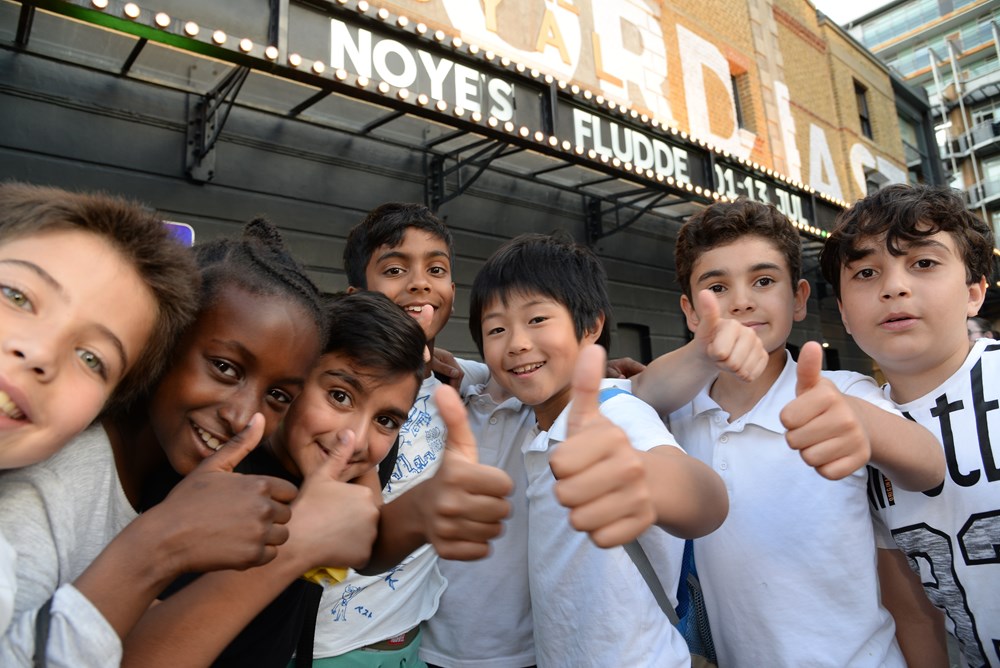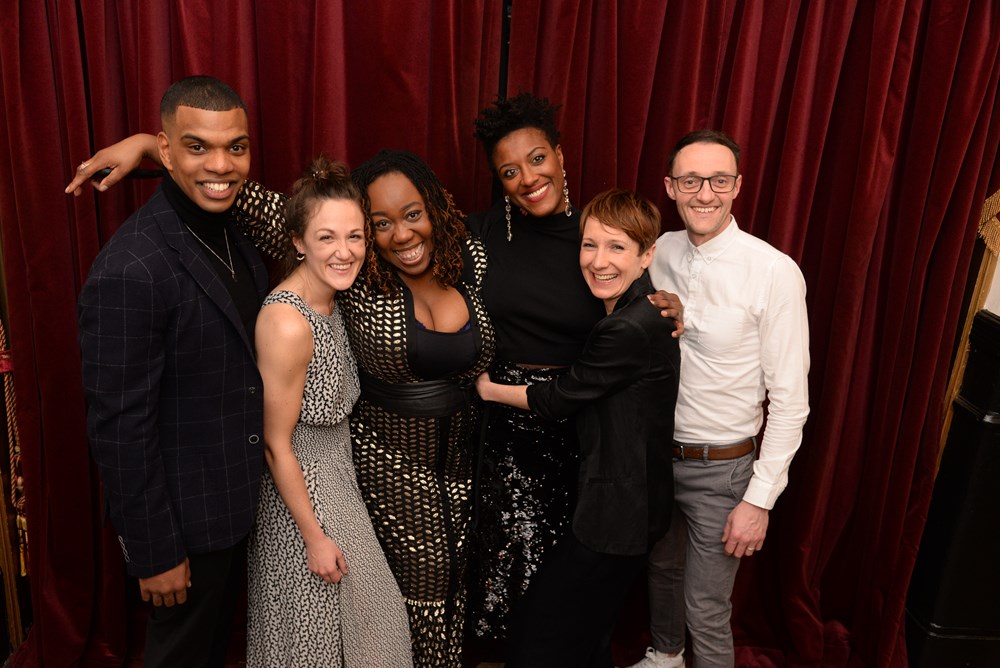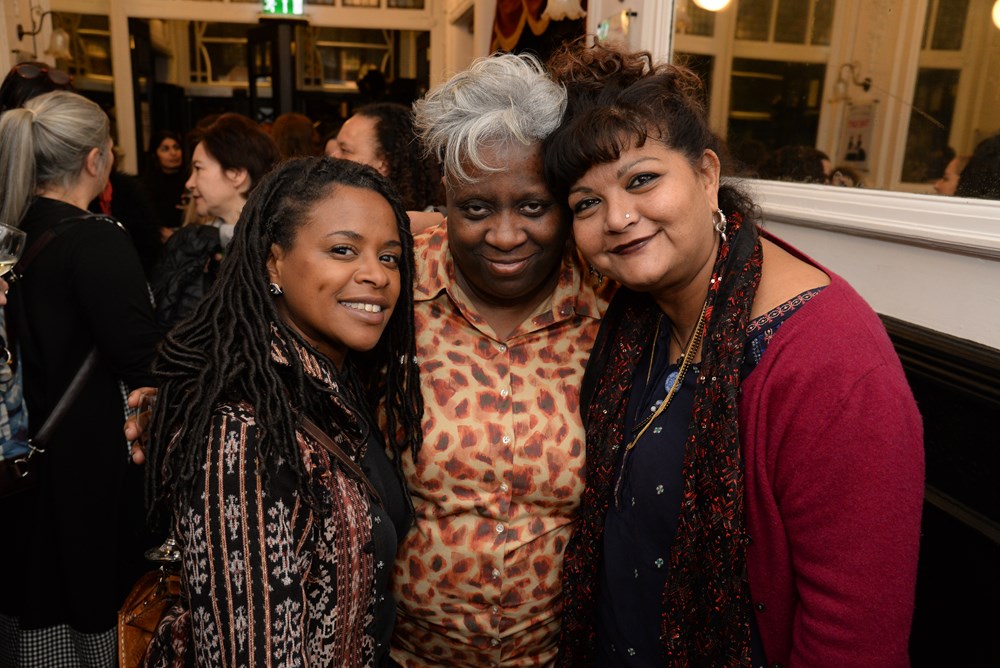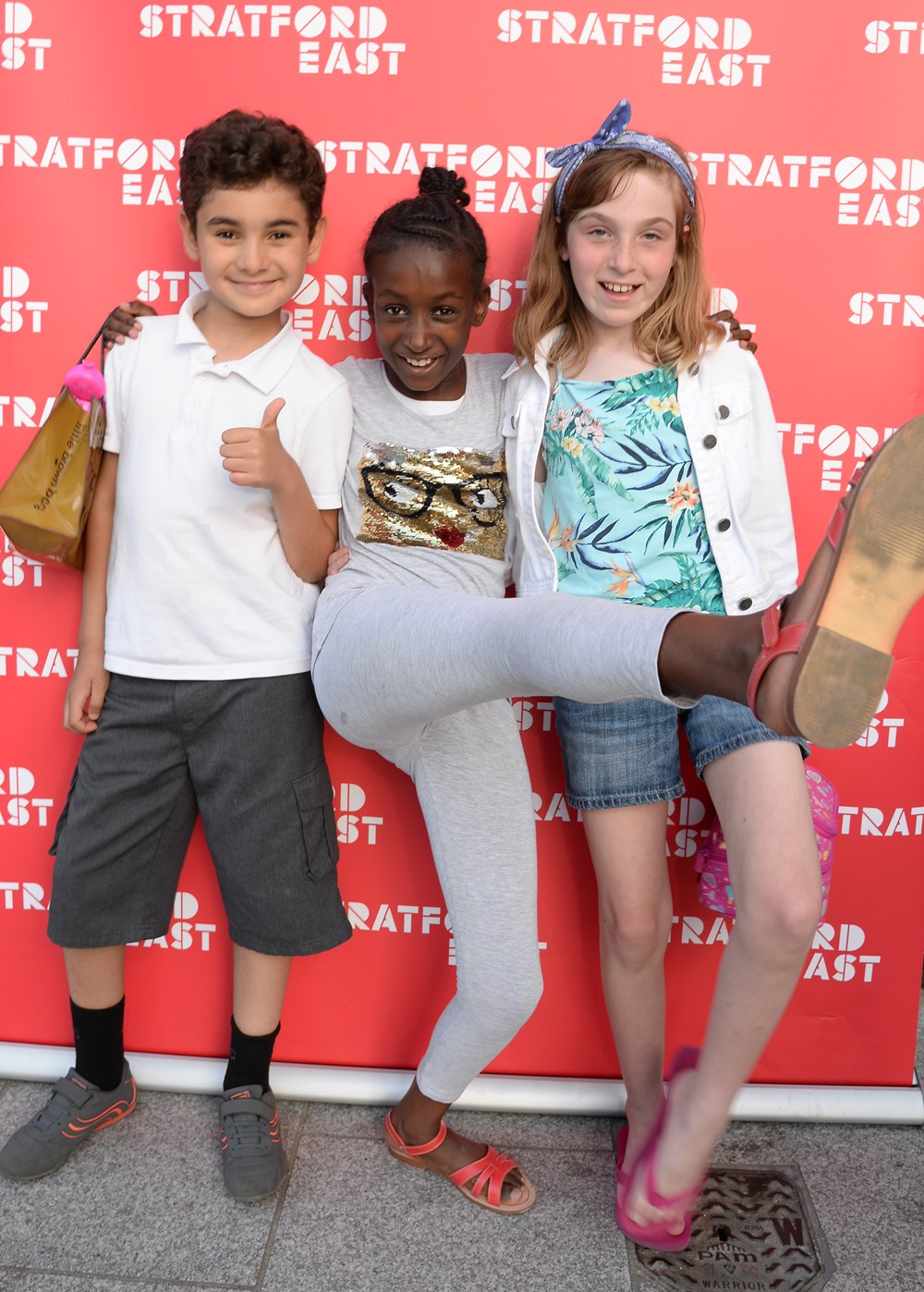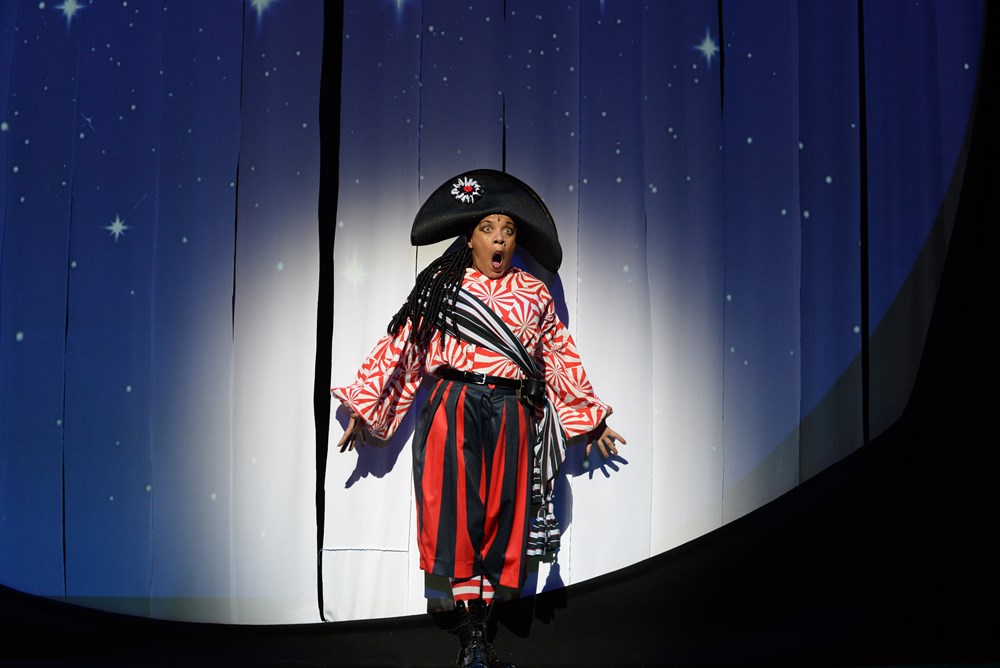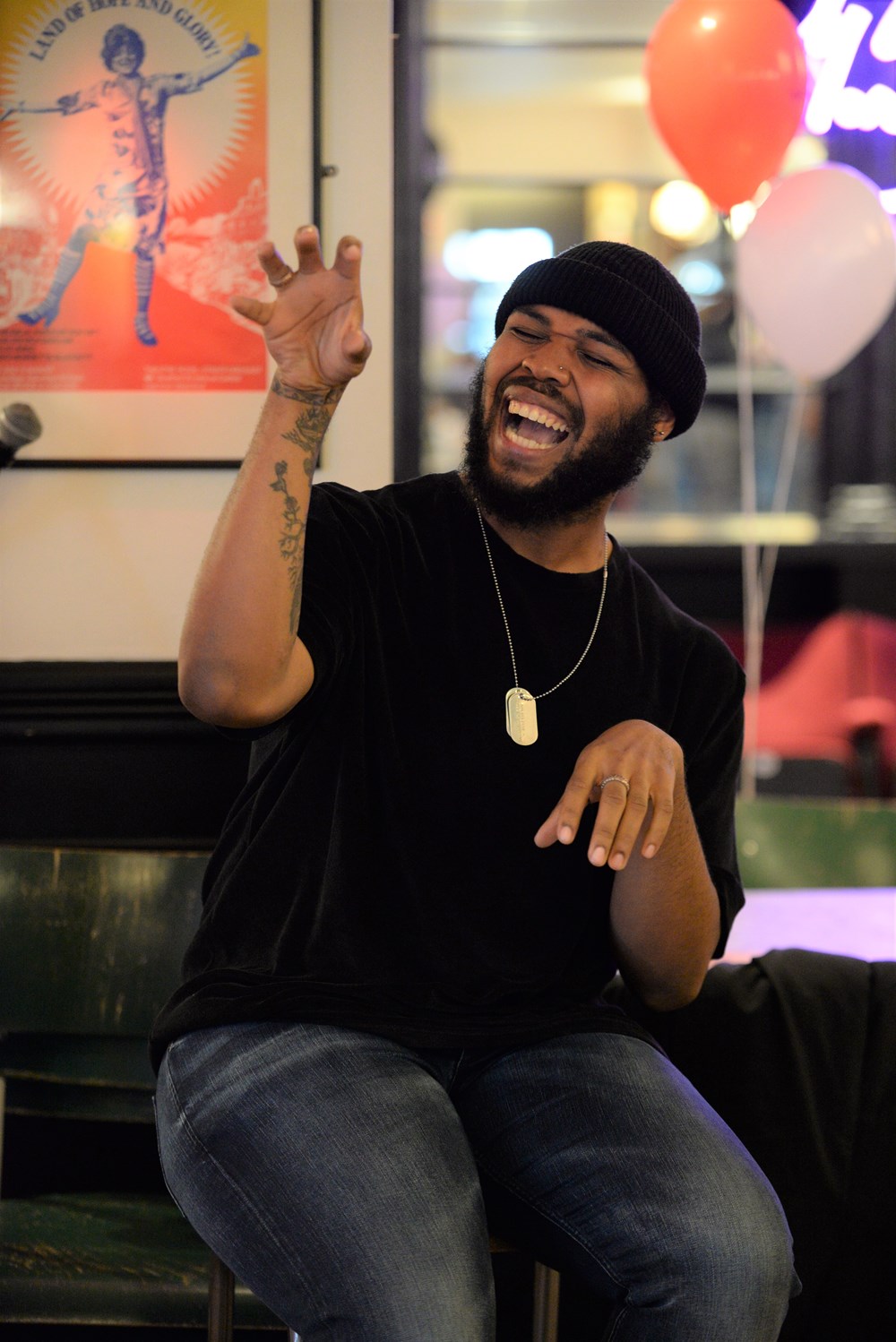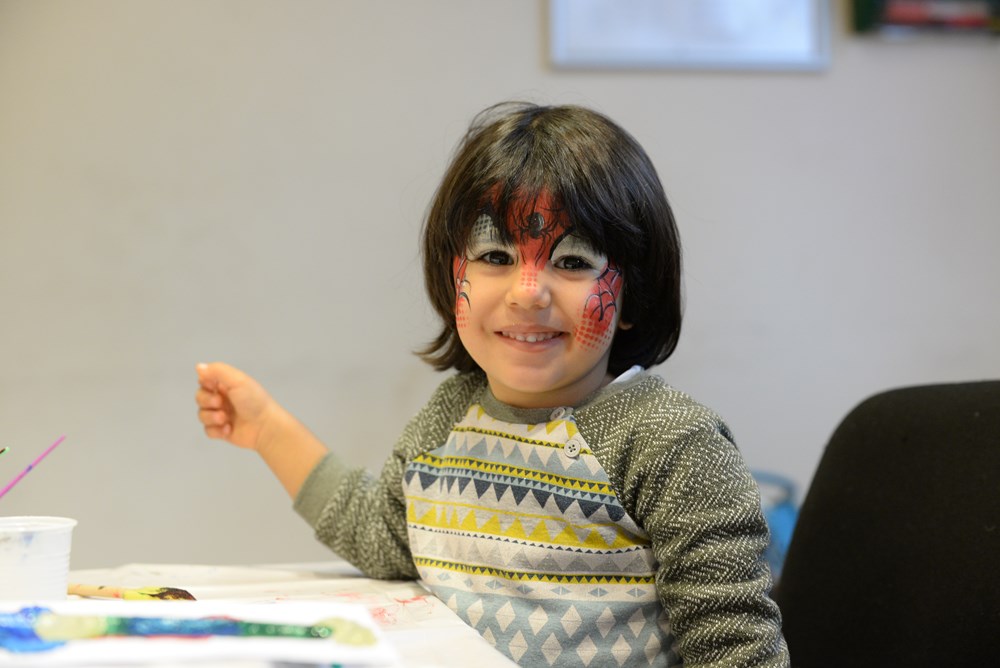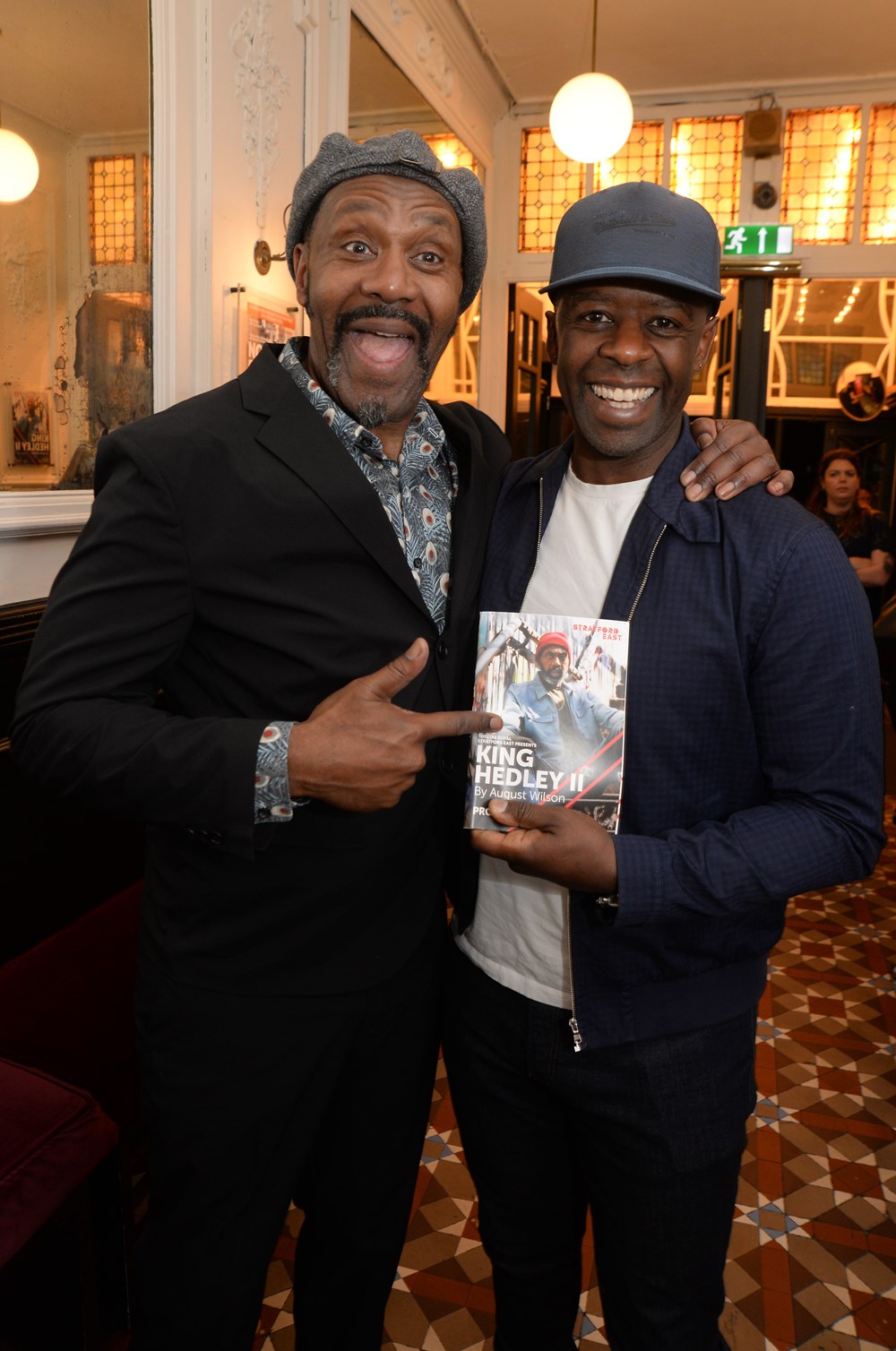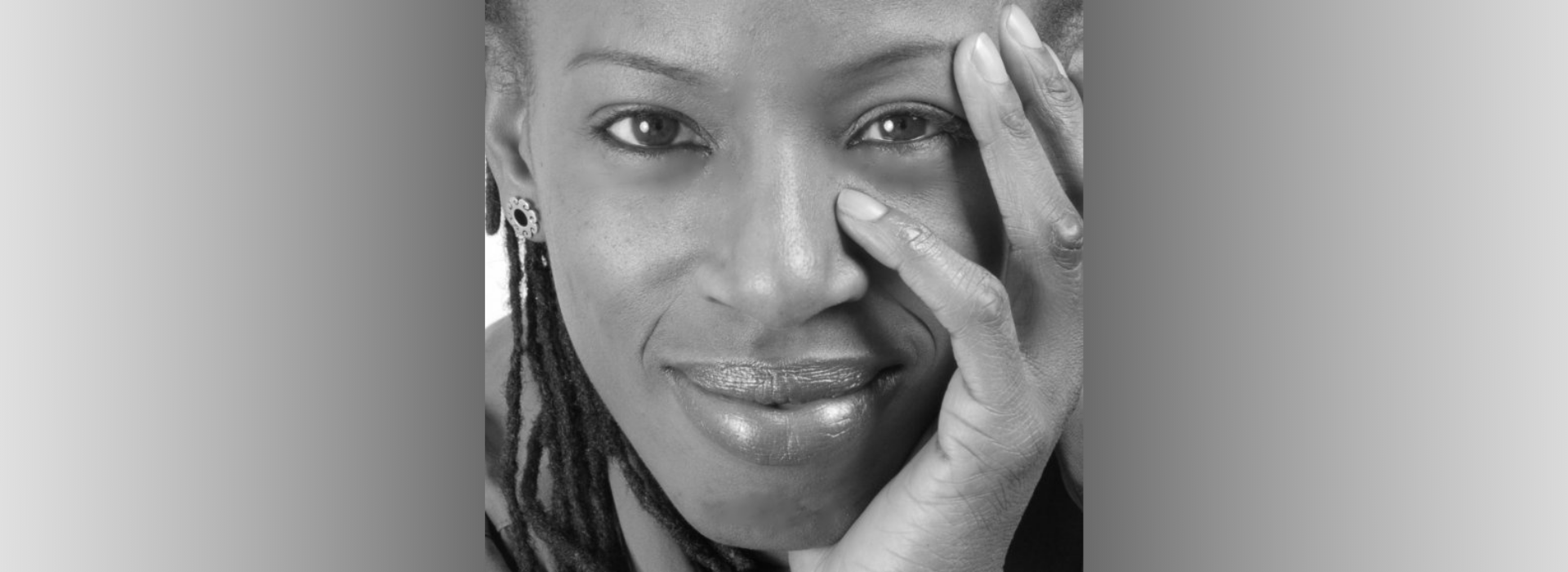
- Home
- News/Blogs/Press
- Spotlight on Freelancers: Sharron Wallace - Photographer
Spotlight on Freelancers: Sharron Wallace - Photographer
Spotlight on Freelancers is our interview series dedicated to highlighting the incredible range of jobs that exist in the arts. You can read more interviews here or listen to the Stratford East Podcast. Sharron Wallace has been a photographer for over 30 years and has taken many (an understatement!) shots of our productions, rehearsals and press nights over the years.
How did you get into photography?
I started taking photos when I was 13 years old. Back then in the 1970s, during school holidays, the local authority would provide many free activities for all the children of their borough. During this time I experienced making a pinhole camera along with black and white processing and printing. I got into arts photography while working for The Voice newspaper in the 1980s/90s.
The Voice newspaper was the largest African and Caribbean newspaper in the UK at that time, however, the photography department consisted of two full-time photographers (including me), a part-timer plus a few freelancers from time to time. This meant that us full-timers had to photograph all the news events, demonstrations, political debates, events at the House of Commons/Lords, conferences, actors on and off stage plus theatre productions and rehearsals.
I left The Voice newspaper after ten years to explore becoming a freelancer. I was like a headless chicken at first contacting any and every organisation. After many rejections and commissions, I took a step back and started pursuing theatres, companies, and organisations similar to the ones that were commissioning me - this had a positive snowball effect.
What are the routes into photography?
The obvious routes into a photographic career is university, perhaps an apprenticeship, or an assistant to an established photographer. I did not do any of these routes, instead, I just pursued my love of photography. All routes are still available if you wish to carve out a career in this field. However, depending on the style of photography you desire, I think an assistant is the best way of becoming a professional photographer.
I called the newspaper that I grew up with in my home, The Jamaican Gleaner; at the age of 19, I told them I was a freelance photographer and pretty much started taking photos for them. The speed of how this happened would not be possible today even if one offered to work for free. After working as a freelance photographer for a short while I was offered a position at The Voice newspaper as Picture Editor/Photographer.
How can people get into photography?
People can get into the photographic profession by taking photographs in the area of their interest. Entering competitions is a way to expose your name, talent, and images to the wider public and a bigger audience. Online platforms work well these days too. Everyone is online now, so in a different way to me calling the Jamaican Gleaner newspaper one could email a selection of their work directly to an arts editor.
What do you think makes a good photographer, particularly for theatre?
A good photographer should capture the emotion and excitement of the moment. When we look at an image it should provoke a feeling: whether you recall a moment from your personal collection, or makes you feel that you want to go there and see it with my own eyes, or could imagine the image becoming a production or film. I also think one would want to touch a good image almost like you could bring it to life. Theatre is full of emotions: it is very present in the moment and all images should bring those feelings to your eyes.
Who or what inspires you?
I was firstly inspired by my late mother’s hard work; that extends to my family, friends, and partner who are great sources of inspiration to me. They were all so impressed with my commitment to photography at such a young age, that it really drove me to succeed. My client’s approval also continues to inspire me and brings me much joy.
What are some of your favourite shots you’ve taken?
In the 1990s The Voice newspaper had a weekly section called the Voice Interview. I loved taking photographs for that section - we would interview prominent people of African and Caribbean heritage about their lives and their achievements. A few of the images that still stick out in my mind are Wole Soyinka, Hilary Carty, and Spike Lee.
A photograph of Norman Beaton I took for a BBC documentary called Black & White in Colour directed by Julian Isaac also sticks out in my mind. More recently I worked with Director Samenua Sesher for the launch of an online museum - the Museum of Colour - I was commissioned to take portraits of the subjects for the People of Letters section. Working for such a meaningful project reminded me of the ethos from The Voice Interview section – once again the personalities came alive on the page/screen. I’m especially pleased with that body of work and the portrait I took of Peter Kalu really stands out for me.
Stella Kanu producer of Black Womxn in Theatre set me a grand task in 2019. She commissioned me to photograph 250 women working in the arts. The Globe Theatre was an amazing backdrop, I had an hour to organise and take the photograph, but after organising everyone, with twenty minutes to spare, I was able to capture the moment. It was a great, once in a lifetime experience for all present.
I have always admired the portraits taken by the late Jane Bown of the Observer; she was my benchmark. I would ask myself, 'would Jane Bown approve of this image?' And capturing Michael Jackson and Prince live in concert and creating a portrait-style image was an achievement for me.
What do you think are some of the biggest myths about photography?
The first myth I came across is that a photo will take part of your soul away. In more recent times everyone with a mobile photo is a qualified photographer, therefore, we are all capable of taking great photographs with our mobile phones.
I have often been asked during my thirty year career when working at a corporate event with two large cameras over my shoulders, “Are you a professional photographer?" Clearly, it must be a myth that if you’re a woman or moreover a Black woman then it cannot possible for you to be a professional photographer!
It’s also currently Black History Month. BHM means different things for different people, what does it mean for you?
BHM started in the UK whilst I was in my early 20s, of course in my world it started before I was born. This year because of Covid-19 I have been pushed to watch TV more frequently. I have watched Enslaved and Black is the New Black, which I did not see when it was first aired in 2016. When I watch these shows and see the great contributions that the African and Caribbean heritage British have made to Great Britain and world society, it makes me feel very proud.
However, we are still loathed by the wider society and that brings great sadness to me. BHM in the UK shows me how far we as a community have to go. Until we can create our own wealth, employ each other, tell our own stories, our situation will not change.
Sharron recommends:
TV Shows: Outlander, Prison Break
Film: The Great Escape
Music: I go through phases. I always have a selection of SKA music along with a selection of Motown, the Everly Brothers and Elvis. I'm happy to listen to anything from the 1950s onwards. I also have two divorce anthems produced by DJ AQUILA & DJ Daniel Vachy, which I find reflective and uplifting and reinforce great times are yet to come. I think as a nation we need more positive music around divorce.
Book: The Autobiography of Malcom X - I struggle with dyslexia, so reading books does not come naturally to me, but when reading this I could not turn the pages quickly enough.
Play: I am completely in love with the theatre: the last show is always the best show. My outstanding memory was going to the theatre with my mother around the age of 11 to see Bubbling Brown Sugar and Ipi Tombi - seeing a large stage full of people that looked like me was mesmerising, positive, and uplifting. I was able to treat my mother to the show Five Guys Named Moe at Stratford East - another fabulous evening of performance.
You can see more of Sharron's incredible work in the gallery below and on her website here.




